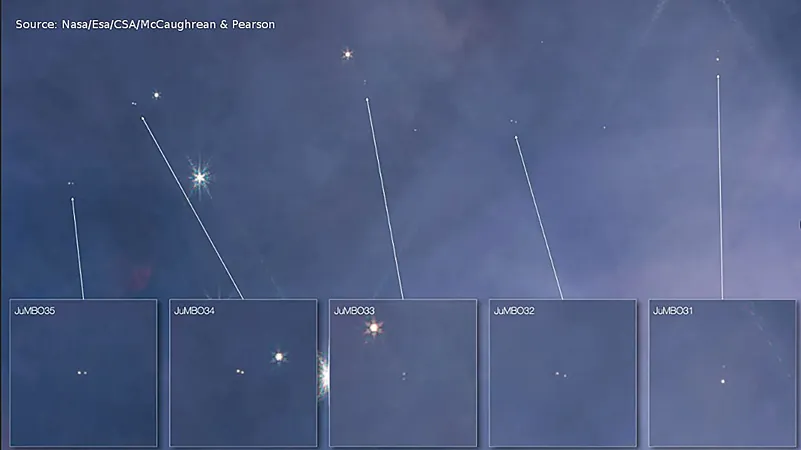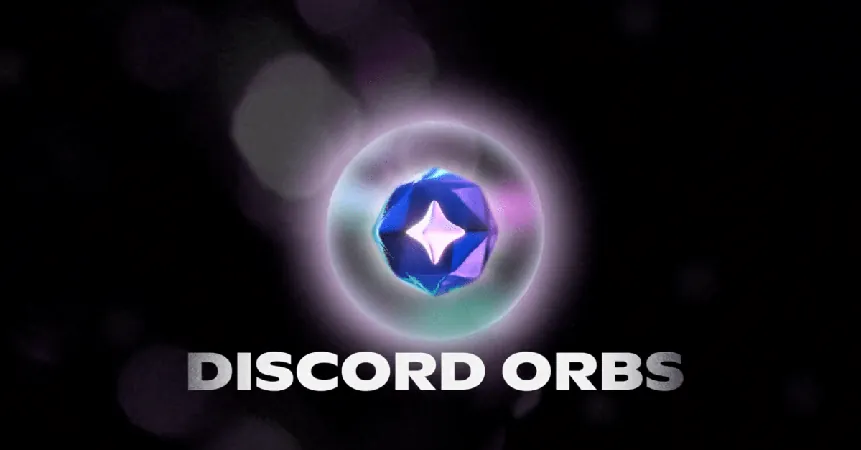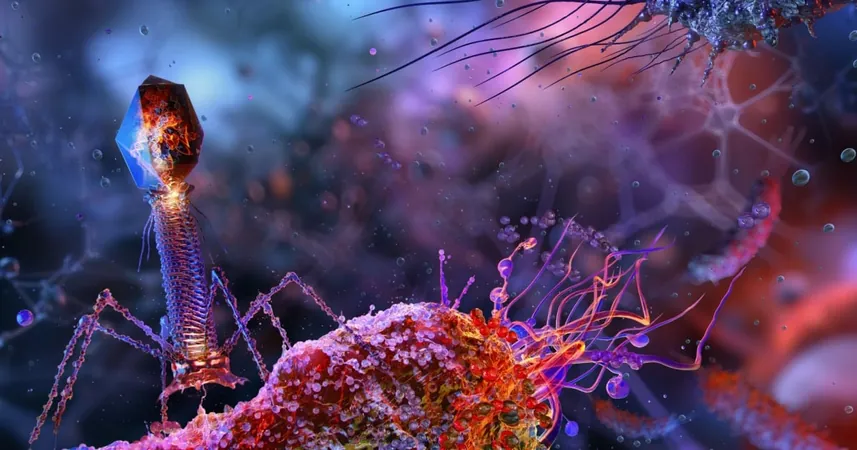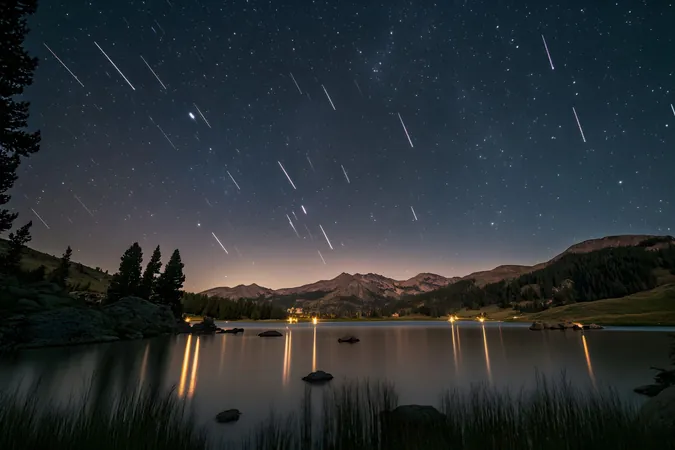
Shocking Discovery: Free-Floating Binary Planets Are at Risk of Vanishing!
2025-05-07
Author: Noah
The James Webb Space Telescope (JWST) continues to unveil cosmic mysteries that have stumped astronomers for ages. Among its groundbreaking findings is the revelation about free-floating planets (FFPs), which exist without the gravitational grip of any star, making them extremely elusive and faint.
Recently, astronomers were ecstatic to identify a whopping 42 of these intriguing FFPs within the Orion Nebula Cluster (ONC), dubbed Jupiter-mass binary objects (JuMBOs). Ranging from 0.7 to 13 times the mass of Jupiter and stretching across distances from 28 to an astonishing 384 astronomical units, these JuMBOs are unlike any other known substellar binary formations.
The Dilemma of Survival in Star-Forming Regions
But hold on! There's an unsettling twist. New research suggests that these JuMBOs may not survive in the densely packed star-forming regions like the ONC. Led by Richard Parker from the University of Sheffield, the study, titled "Can planet-planet binaries survive in star-forming regions?" raises significant concerns about the longevity of these cosmic entities.
The ONC is notoriously known as the densest star-forming region within 500 parsecs of the Sun, where stellar flybys can easily disrupt both stellar and substellar binaries. The researchers are probing if the 42 JuMBOs represent just the resilient few that survived or if many others existed before being torn apart.
Caught in the Gravity of Their Own Separation
Heavily reliant on N-body simulations, the research team explored how planet-planet binary systems can endure in such hostile environments. The wide separations of these JuMBOs make them particularly vulnerable, as their gravitational bonds weaken with distance.
The results are alarming: many of the observed JuMBOs would likely not withstand the typical stellar density found in nearby star-forming regions, highlighting that the actual number of JuMBOs that initially formed could be far greater than the 42 identified.
What Lies Ahead for JuMBOs?
Even more troubling, the findings suggest there could potentially be other, more widely separated JuMBOs at risk of being obliterated. Each proposed formation mechanism—from disk fragmentation in protoplanetary disks to failed core accretion—must not only account for how these JuMBOs come into existence but also for their extraordinary separations.
In essence, while the JWST has only laid eyes on 42 JuMBOs, the research indicates that the universe may have birthed many more, only to have seen them disappear in the chaotic dance of star formation.
As the cosmic clock ticks on these fragile worlds, one thing is clear: understanding their formation is more crucial than ever, as we delve deeper into the enigma of our universe.









 Brasil (PT)
Brasil (PT)
 Canada (EN)
Canada (EN)
 Chile (ES)
Chile (ES)
 Česko (CS)
Česko (CS)
 대한민국 (KO)
대한민국 (KO)
 España (ES)
España (ES)
 France (FR)
France (FR)
 Hong Kong (EN)
Hong Kong (EN)
 Italia (IT)
Italia (IT)
 日本 (JA)
日本 (JA)
 Magyarország (HU)
Magyarország (HU)
 Norge (NO)
Norge (NO)
 Polska (PL)
Polska (PL)
 Schweiz (DE)
Schweiz (DE)
 Singapore (EN)
Singapore (EN)
 Sverige (SV)
Sverige (SV)
 Suomi (FI)
Suomi (FI)
 Türkiye (TR)
Türkiye (TR)
 الإمارات العربية المتحدة (AR)
الإمارات العربية المتحدة (AR)